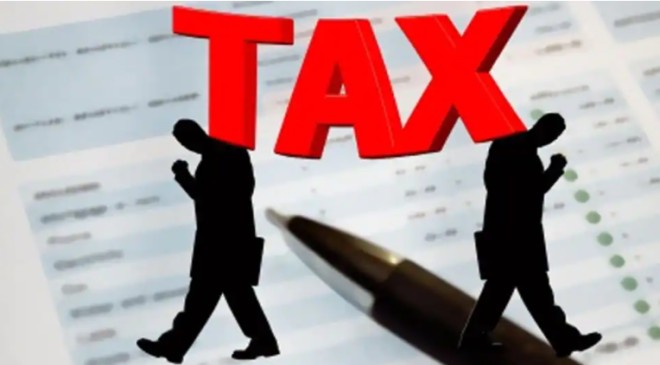With the calendar year drawing to a close, employers will soon seek proof of your eligible investment and expenditure to align your tax liability before the end of March. Now is the opportune moment to reassess your tax decisions, particularly the choice between the new and old tax regimes.
Read More: GST Collection in November 2023 Jumps 15% YoY To Rs 1.68 Lakh Crore; Highest Growth Ever
Employees typically communicate their preferred tax regime to employers at the fiscal year’s outset. However, this declaration isn’t binding as you can revisit your decision till the final decision is made while filing the income tax return.
So how to choose between new and old tax regime? The new tax regime has six income slabs with a basic exemption limit of Rs 3 lakh. It also offers a lower surcharge for income above Rs 5 crore (25%) compared to the old regime (37%). Tax rebate limits have also risen to Rs 7 lakh in the new regime, making it advantageous for those with fewer claimable investments.
The new regime suits individuals with fewer deductions, while the old regime favours those eligible for various deductions like HRA, health insurance, interest on home loan, and 80C deductions such as PPF, EPF, insurance and Equity Linked Saving Schemes. Taxpayers must weigh the exemptions forgone in the new regime before making an informed decision.
Read More: Windfall tax on crude oil slashed to Rs 5,000/tonne: Report
For example, the calculation shows that if one claims a deduction of Rs 3.75 lakh (excluding a standard deduction of Rs 50,000) the tax liability is the same for a gross income of Rs 15.5 lakh and more. Hence, if you have deductions like home loan, health insurance and 80C investments together you might have lower tax liability under the old tax regime. For income less than Rs 15.5 lakh there are different breakeven deductions. The income tax calculators available online can also help you compare liabilities under both regimes and decide the most advantageous option.
If you do not choose anything then new tax regime gets chosen by default. This can lead to a tax notice if you opt for deductions later at the time of filing ITR. For example, say an employee does not file a declaration with their employer ( and by default new tax regime gets chosen) and claims a gross deduction under 80C and HRA while filing their income tax return.
Read More: Tax Calendar for December 2023: Check DUE DATES This Month For Better Tax Planning
In this case, the income under Form 26AS will not tally with the income tax return and the employee may receive a notice under section 142(1) asking for information. For mismatch in tax credit, notice is generally issued under section 154.





































